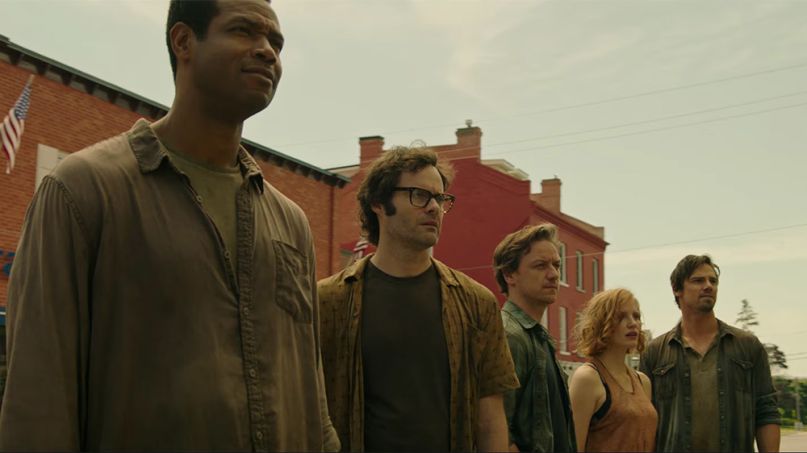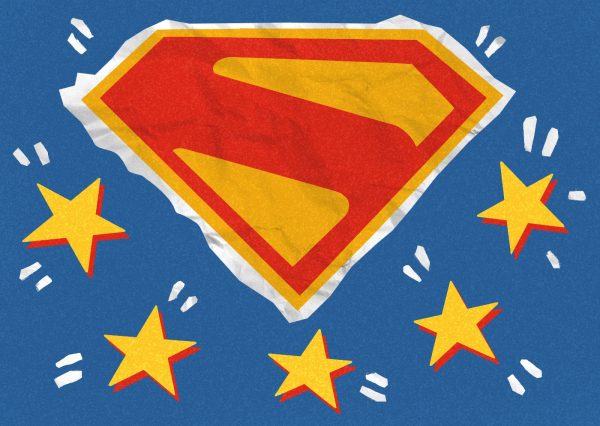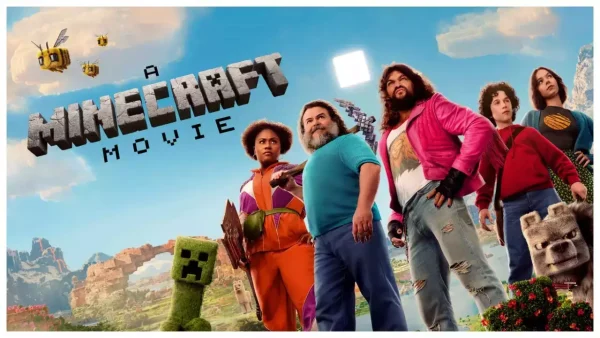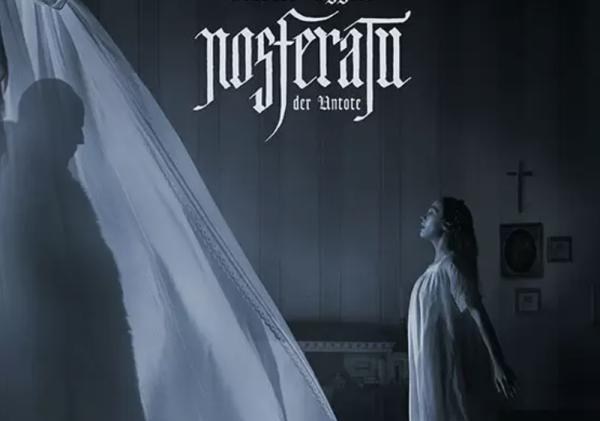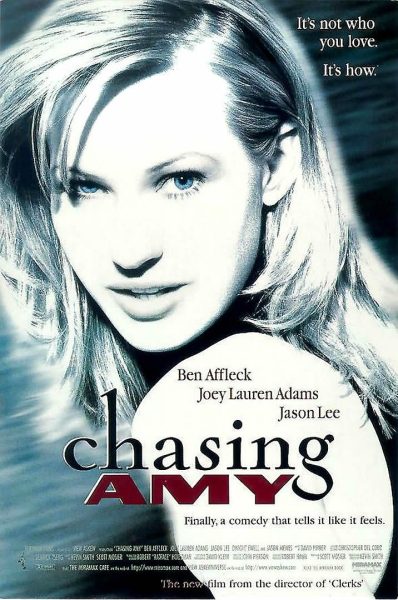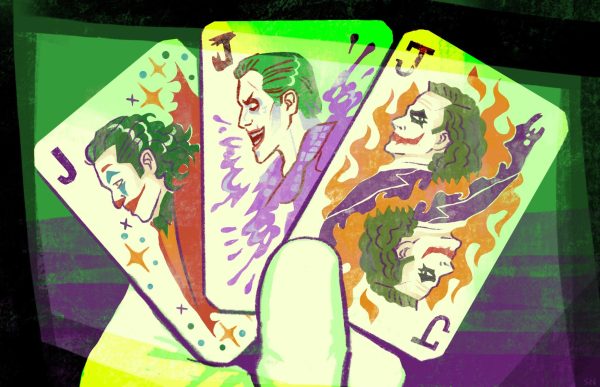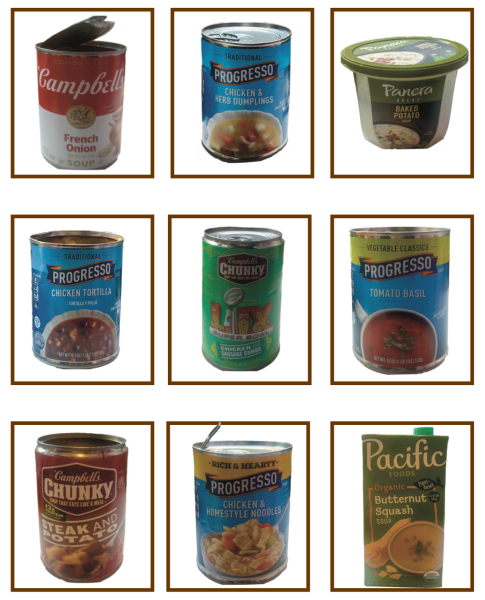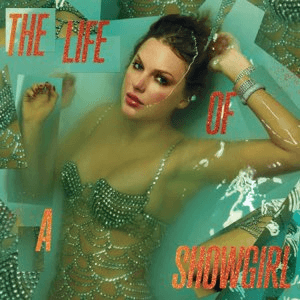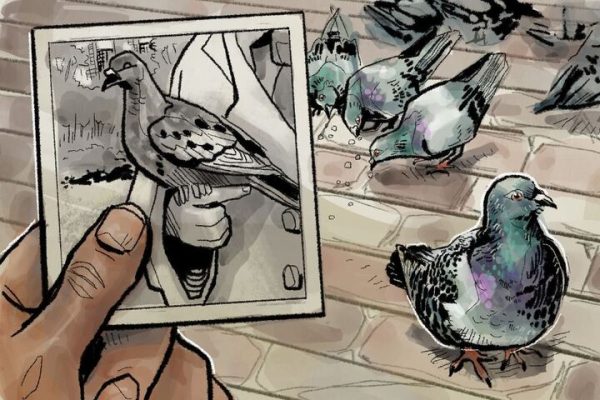‘It’s’ not that scary
The boys and Beverley are back in town — but a murderous clown with eyes that move independently isn’t nearly as scary as adulthood.
If you were looking forward to “It: Chapter Two” being scarier now that the kids are all grown up, well, keep looking. Chapter two digs deeper into action than chapter one did.
Besides the jumpscares that are the hallmark of modern horror movies, very little about the film was truly scary. Even the jumpscares seemed to be telegraphed to the audience — like a bad magician being too obvious with his misdirection.
There were occasional scenes with CGI that could make your skin crawl. Only a scene or two were truly nerve-wracking. In the end, those scenes still didn’t have the same payoff that most horror films have.
The “horror” scenes felt more like action set pieces — with little time being given to palm-sweating scariness. More time was given to running and screaming from a clown with too big of a head.
The scariest part of the film was its honesty about the horrors of adulthood. It, originally written by Stephen King, is a story about growing up. Chapter two accomplishes that. For those old enough to understand, the reality of growing up and losing touch with old friends can be an existential nightmare.
What the film lost in horror, it made up for in its bizarre action scenes and, strangely enough, humor.
Casting Bill Hader in the role of Richie Tozier supplies excellent jokes that keep the movie from being too heavy. Hader himself steals the show. Not just because of his wit, but as an actor, his dramatic scenes draw the audience further into what his internal agony..
“It: Chapter Two” isn’t really a horror movie. It is an action movie wearing the skin of a horror movie. It blends the two genres well — creating a complete piece that anybody can enjoy.
Overall, “It: Chapter Two” is excellent. It rounds out the character arcs for the Losers Club — and keeps you entertained for the whole two-and-a-half-hour ride.
I give it three creepy clowns out of five.



